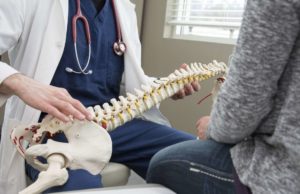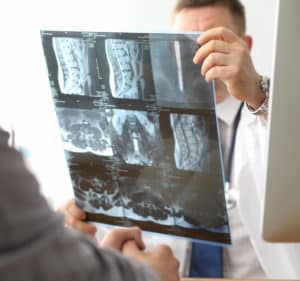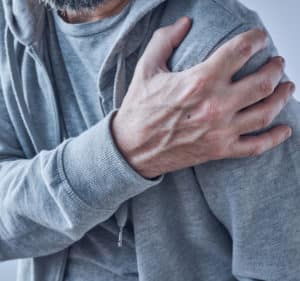
What Should I Look For When Searching For a Spine and Orthopedist Surgeon in Westchester, NY
How bad can a spine injury be? Having a fractured spine is the worst nightmare that any human being can go through. There is quite a good number of orthopedic surgeons in Westchester, NY. When searching for an orthopedic in Westchester, you will have to conduct extensive research to identify the best out of them all. Spine injury is sensitive and should not be taken lightly. The orthopedic should possess good qualities and be highly experienced. Deciding it is time to undergo a spine injury is scary and overwhelming at the same time. Below are essential factors to consider while choosing an orthopedic. Qualities You Should Look for When Searching for an Orthopedic Doctor in Westchester, NY? Seek Referrals and Reviews Friends and family around Westchester who have had a spine or back pain treatment from the same orthopedic are good sources to ask for recommendations. Other healthcare professionals too can recommend an excellent orthopedic in Westchester. Take your time and carry out extensive research for every referral you’re given. There are also many patients who have undergone spine surgery, and they can tell how good or bad a specific spine surgeon in Westchester is. After compiling your list, schedule appointments, meet each orthopedic personally, ask them questions, and choose one. You can never go wrong with reviews and referrals. Comfort, Trust, and Flexibility Choosing an orthopedic you can trust and be comfortable with is essential. When meeting the Orthopedic in Westchester, monitor your interaction with them and how you feel around them. Do you feel tense or relaxed? Do you trust them? Analyze your feelings and choose correctly. If you’re also sensitive about the gender of your orthopedic, do not hesitate to choose one from the gender you prefer. Lastly, choose an orthopedic who is easily accessible in case an emergency occurs. Cost of Spine Surgery If you’re under insurance, you may want to call your insurance company and confirm their coverage on the spine injury procedure. The choice of your Westchester orthopedic and their spine treatment procedure will determine how much money the insurance will have to cover. Visit several hospitals and choose one that works within your insurance coverage. Skilled and Highly Trained While the number of spine surgeons in Westchester, NY, is huge, finding a highly trained and experienced one is another. It is imperative to determine whether the orthopedic is trained and experienced in spine surgery. Please find out how many years they have performed spine surgery and whether they have the required certification. Finally, it is not only essential to know that your doctor is a certified orthopedic in Westchester, NY, but is board certified in back pain and spine treatment. Find out whether they are a member of the appropriate organizations of orthopedics in Westchester. It is vital to research the orthopedic surgeon’s credentials. Right Hospital Affiliations The orthopedic you choose does not work alone but has a team of Westchester healthcare providers working by their side. This can be in a hospital



